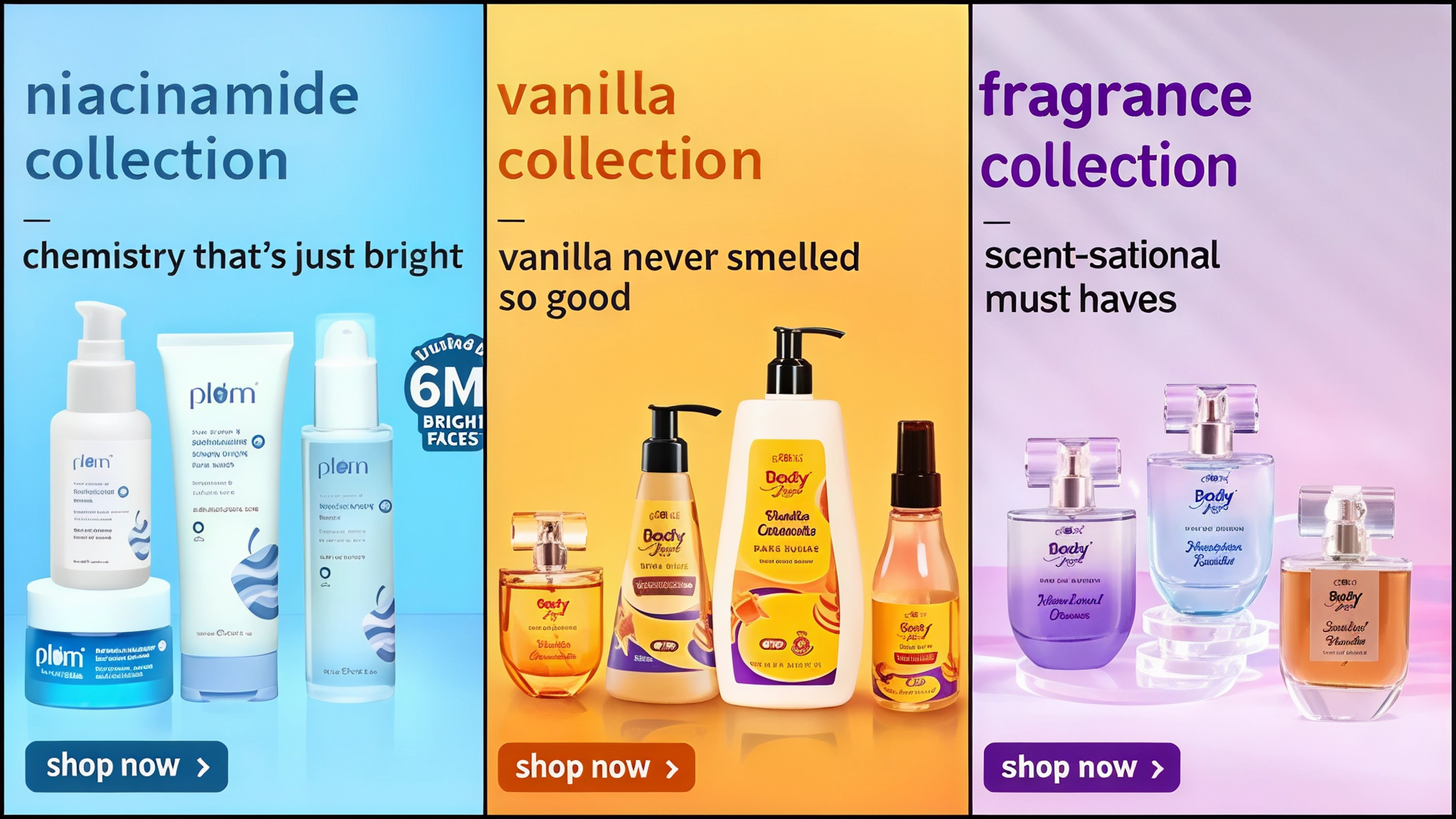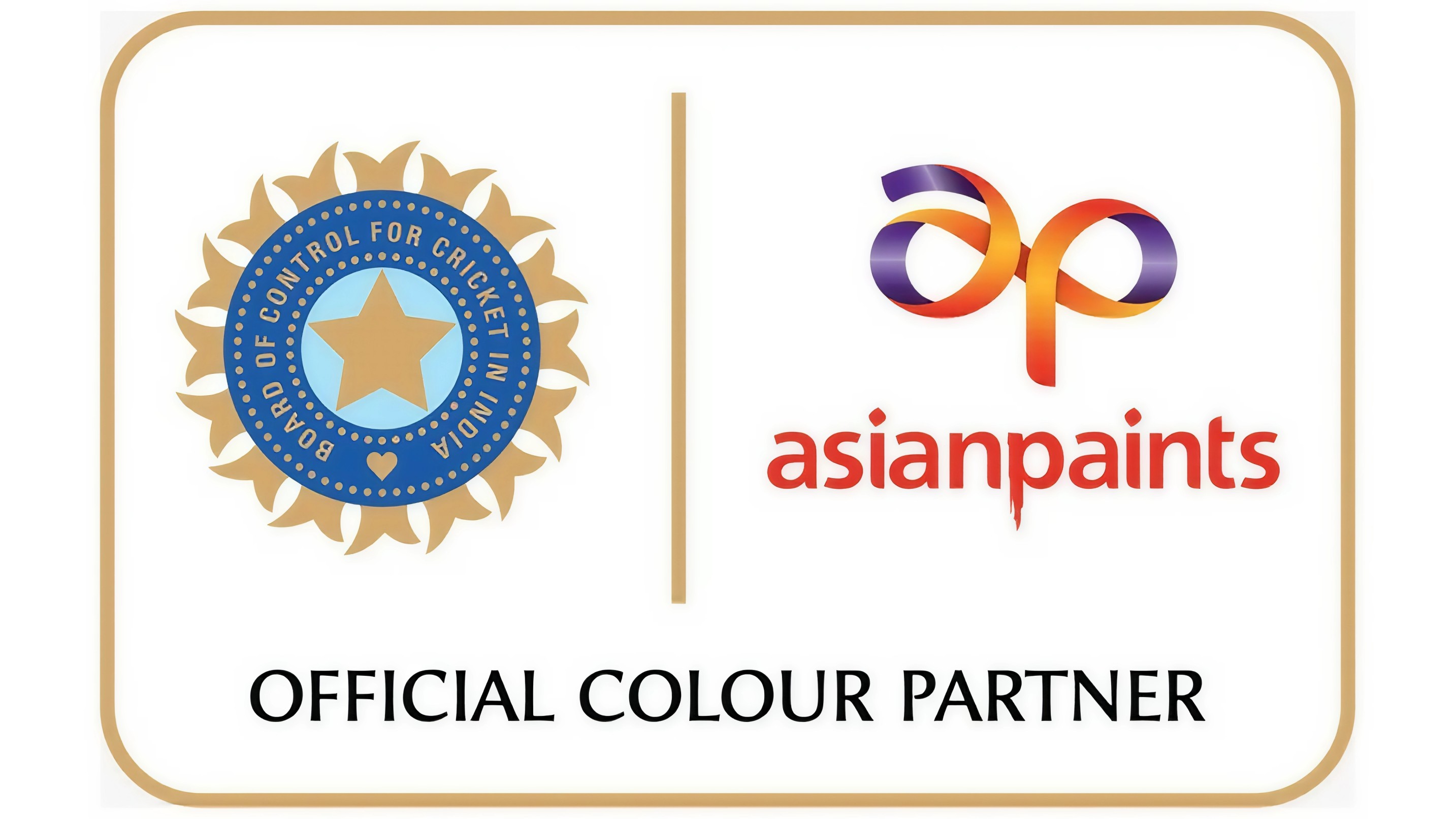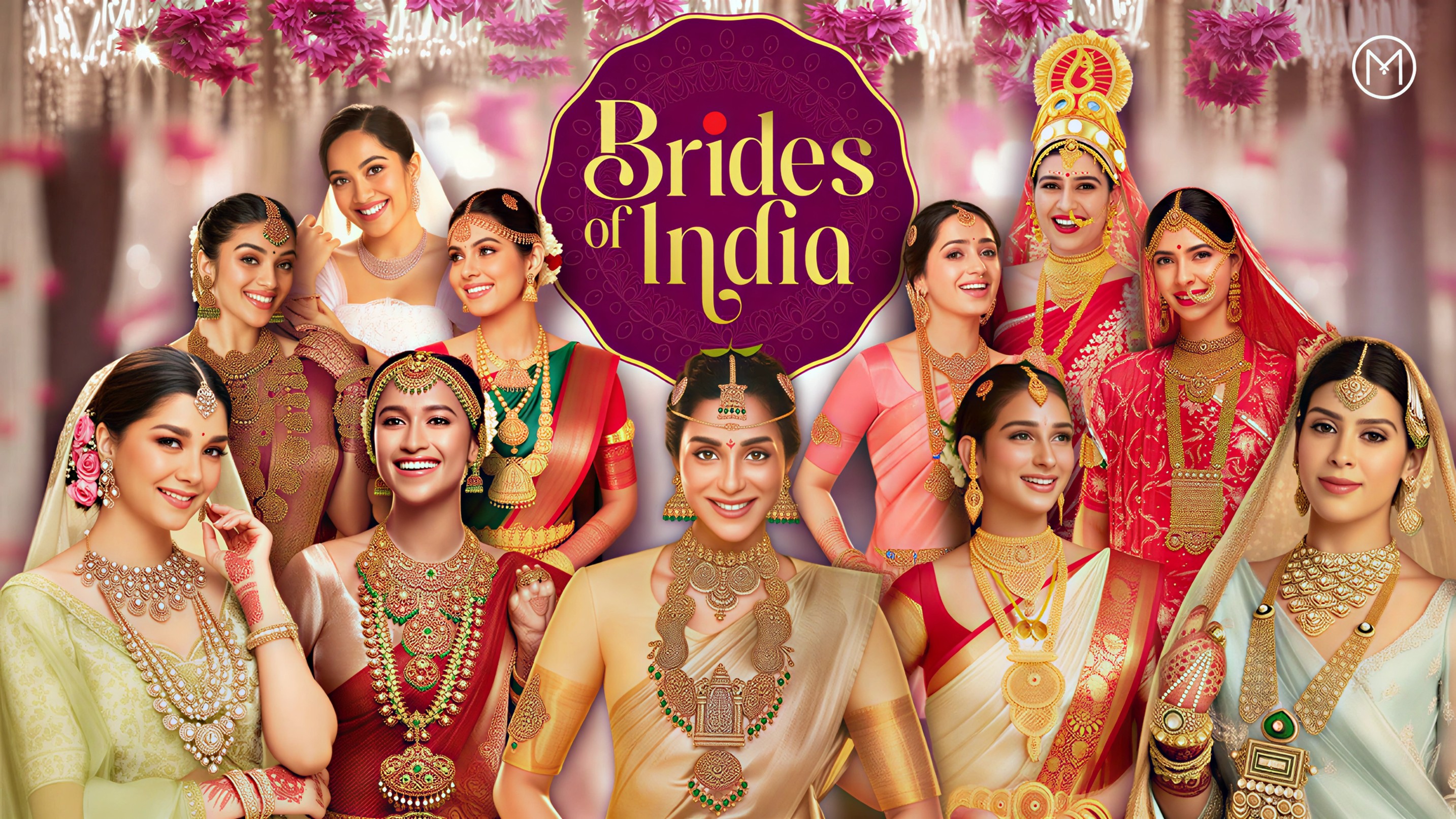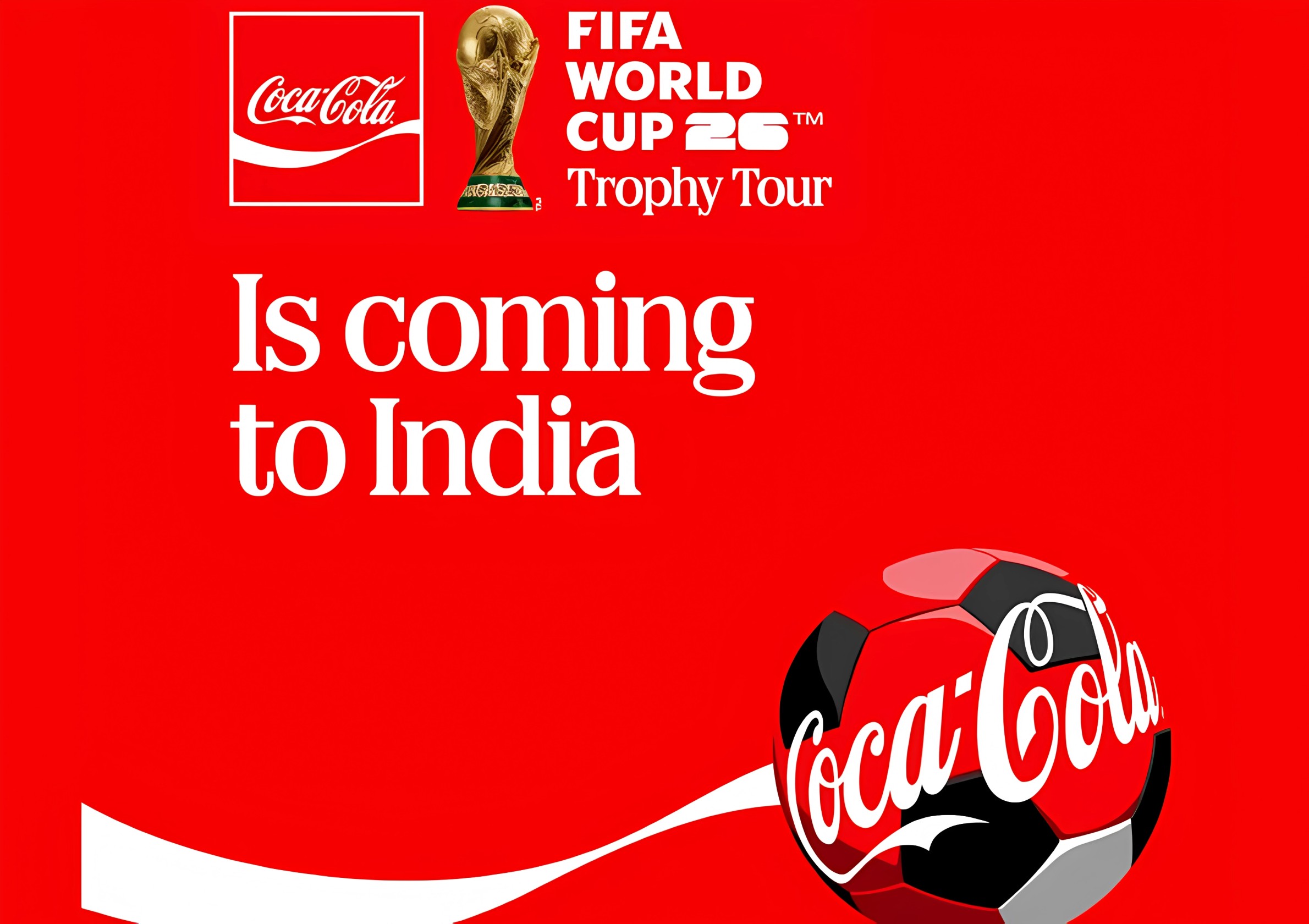In a crowded beauty aisle where pastel minimalism has become the default, Plum stands out by leaning into colour, character and chemistry. The brand is built on the idea that design and formulation are inseparable, a belief founder and chief executive Shankar Prasad sums up as chemistry done with heart. It is within this framework that the Plum colour coded marketing strategy has emerged as one of the most recognisable visual systems in India beauty and personal care space.
From day one, Prasad has been clear that Plum is not just selling products, it is building a language. Ranges are coded with one or two leading colours and generous use of white, creating packs that are instantly visible in both digital feeds and physical gift hampers. The internal shorthand for this preference is foxes over pandas. Vibrant foxes represent the brand, while flat sameness is what it wants to avoid.
View this post on InstagramADVERTISEMENT
How does Plum colour coded marketing strategy help consumers choose
Each category sits within a structured design system. Skincare, launched in 2013, uses disciplined colour pairings that align directly with ingredients and concerns. Light green signals the green tea range for oil control and acne. Bright orange and yellow belong to the vitamin C glow franchise, associated with brightening. Light blue and aqua indicate the niacinamide and rice water family for blemishes and pore care.
Body care under Plum BodyLovin carries a more exuberant visual identity, described internally as a riot of colours. Hair care, introduced in twenty twenty, follows its own distinct scheme but still echoes the master codes. Makeup, though scaled back for now, launched with similarly considered design.
For consumers, this makes navigation intuitive. Once they understand that a shade maps to a concern, they can scan shelves or websites quickly to find what they need. For the brand, it locks in a recognisable look that resists getting lost in the sea of minimalist bottles.
Almost every artwork and campaign is created in house. In the early days, Prasad even sketched packs himself. That hands on approach continues today, with the team constantly pushing against constraints, such as finding ways to move away from standard amber bottles for light sensitive formulas while still protecting actives. The newer vitamin C serum in a white bottle with an orange ring is one example of design and function meeting halfway.
ADVERTISEMENT
Why product discipline matters as much as design
Behind the visual playfulness lies an almost engineer like strictness about what goes inside each bottle. Prasad, who began his career as a soap making engineer before moving through consulting and finance, speaks often about the importance of formulation honesty.
Slight changes in raw material sources or even a half percent shift in composition are scrutinised closely. The team insists on matching original specifications, arguing that even small deviations can be felt in the finished texture and performance. The strongest proof of belief, they say, is internal adoption. Most team members, including Prasad, use Plum products daily, with the founder citing the five percent niacinamide serum as a personal favourite.
This same discipline guides what the brand chooses not to scale. Makeup, including a previously top selling kajal, has been deliberately deprioritised to focus on areas where there is still plenty of work to do, such as skincare and hair. A lip oil that failed to meet expectations was simply dropped instead of being pushed with more advertising. The message is clear. Plum is willing to walk away from trends that do not align with its standards.
ADVERTISEMENT
How is Plum growing beyond metros without rushing
Despite its modern aesthetic, more than half of Plum revenue now comes from outside the top eight cities. Markets such as Palakkad, Tirunelveli and Udaipur have become strong contributors, aided by early investment in ecommerce even when logistics were patchy. In the beginning, the team sometimes shipped by speed post when major couriers would not serve certain pin codes.
Premiumisation is a consistent theme across these regions. Consumers everywhere are seeking better, more believable experiences, not just lower prices. That mindset supports a portfolio that stretches from entry level face washes to high priced serums and combos.
Offline, however, the brand is moving cautiously. Presence in around one hundred fifty cities is being deepened rather than expanded in a rush. Prasad notes that brick and mortar requires the right teams, partners and ways of working. The internal struggle, he jokes, is often about asking people not to grow too fast. At the same time, selective international shipping to markets such as Nepal, Malaysia, Kenya, the United Arab Emirates and the United States gives Plum a measured global footprint.
How does Plum simplify skincare for its audience
The core consumer base sits roughly between eighteen and thirty five, cutting across genders and geographies, with South India currently the strongest region. To reach them, the media mix leans on YouTube, Meta platforms and a mix of regional and beauty creators, especially in tier two and tier three cities.
Baliga, who leads marketing, says the goal is to be like a favourite professor, someone who makes complicated ideas simple without talking down to you. That philosophy drives content choices, from ingredient led explainers to the Plum Skin City podcast hosted by comedian Rohan Joshi, which blends science and humour to demystify skincare.
Community feedback from Plumpsters has directly shaped line extensions, such as the 5% niacinamide serum following the original ten percent and a ten percent vitamin C option placed alongside the fifteen percent version. It has also informed new masks, sunscreens and moisturisers. Recent collaborations, such as a campaign with fitness icon Milind Soman for the niacinamide serum, reinforce the theme that consistent effort and the right chemistry in skincare deliver results.
International trends are treated as inspiration rather than threat. The brand uses Japanese rice fermentation technology in its niacinamide products and has celebrated reaching ten million consumers for that range. At the same time, Prasad sees hair care as a frontier where little serious work has been done for Indian conditions, making it a key focus for future innovation.
By pairing bold visual systems with strict formulation standards, listening closely to Plumpsters, expanding carefully beyond metros and treating global trends as prompts rather than pressure, the Plum colour coded marketing strategy has helped the brand carve out a distinctive, trusted place in India fast evolving beauty and personal care market.















